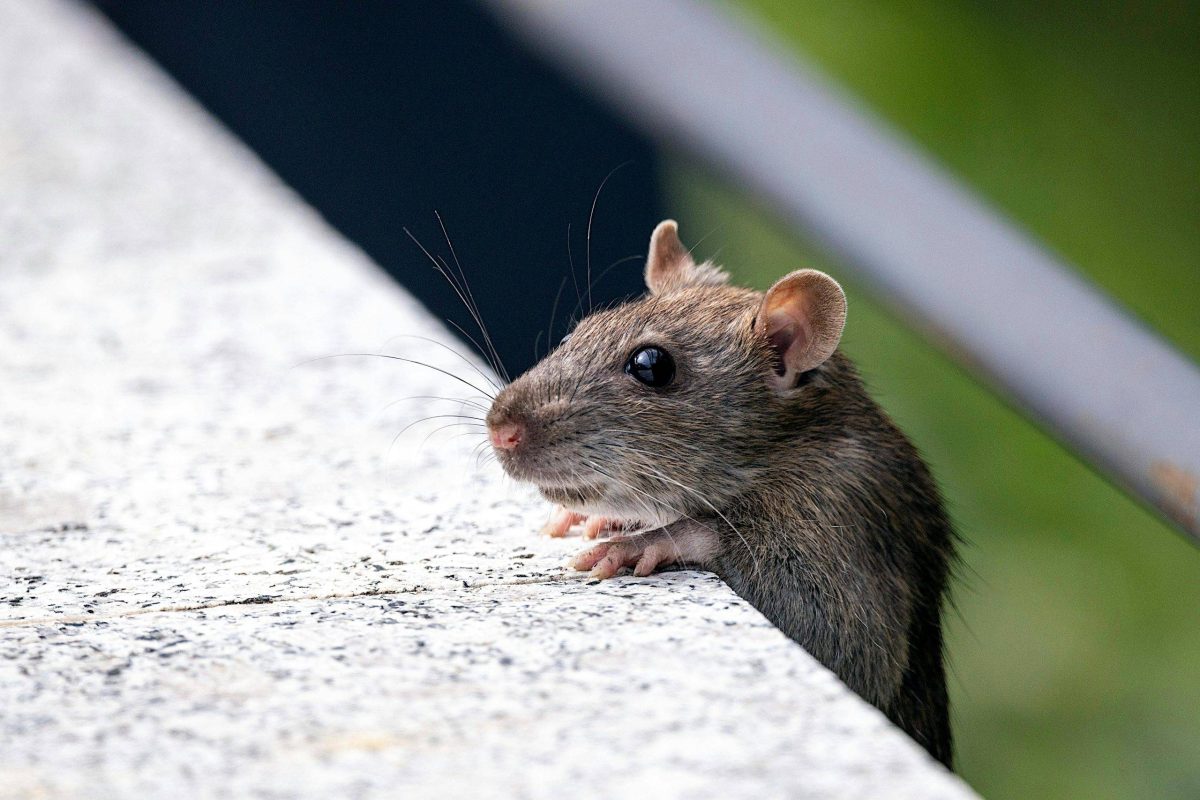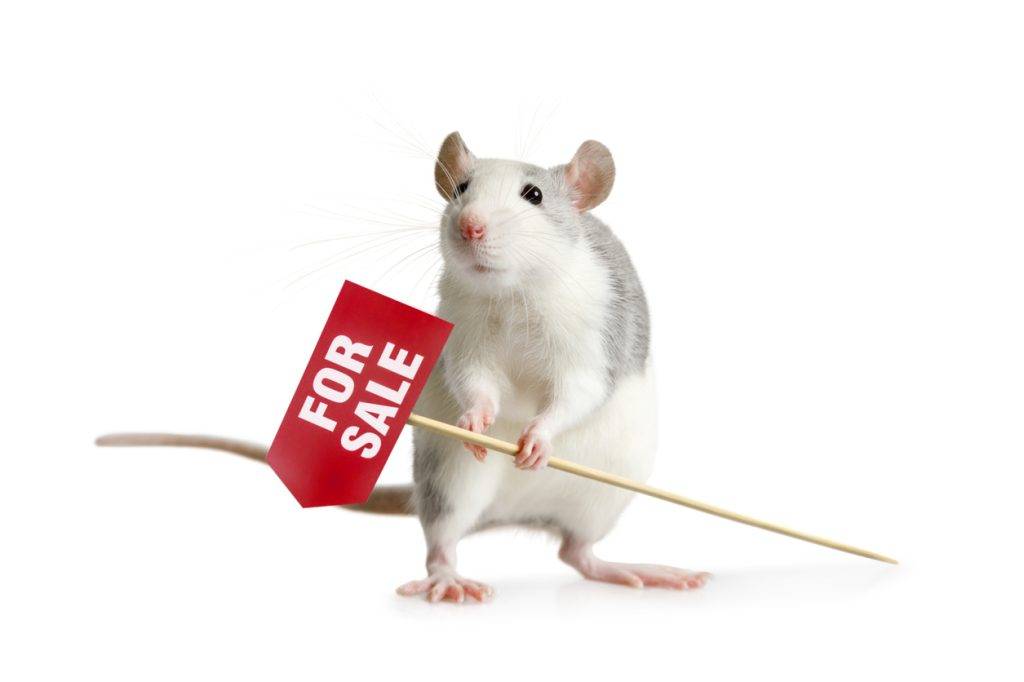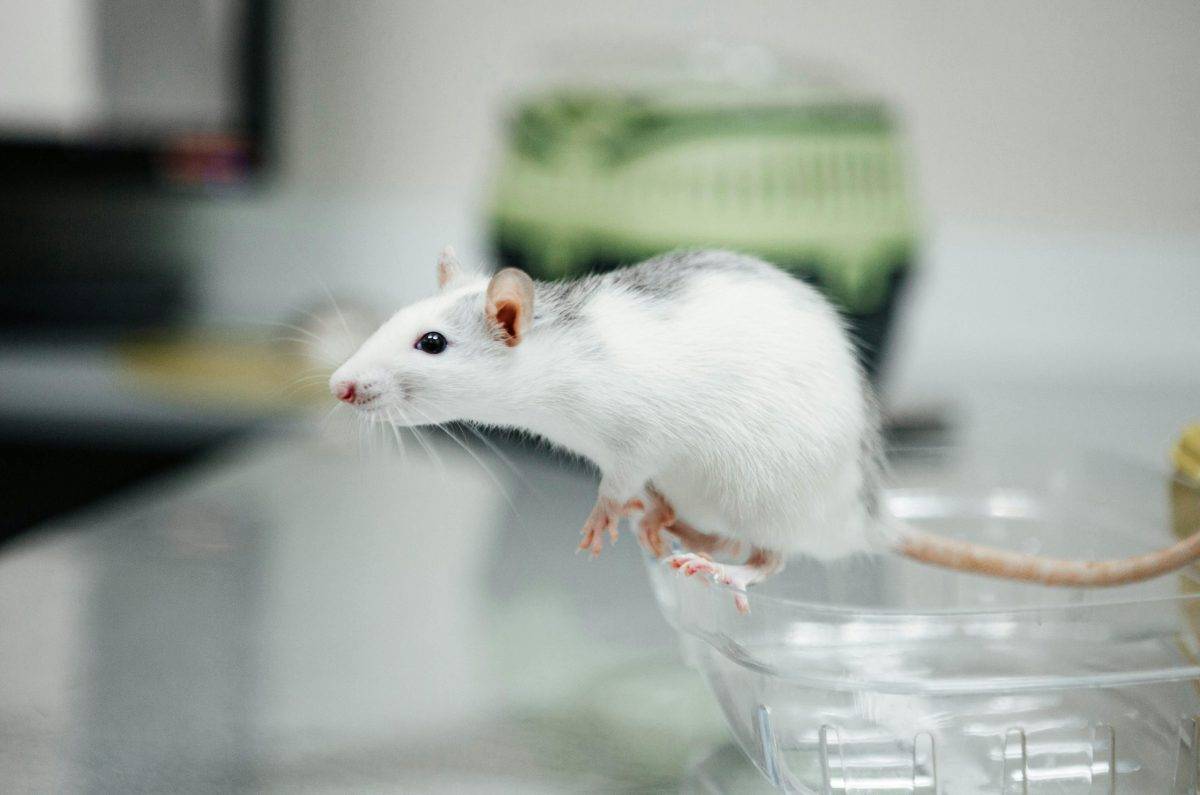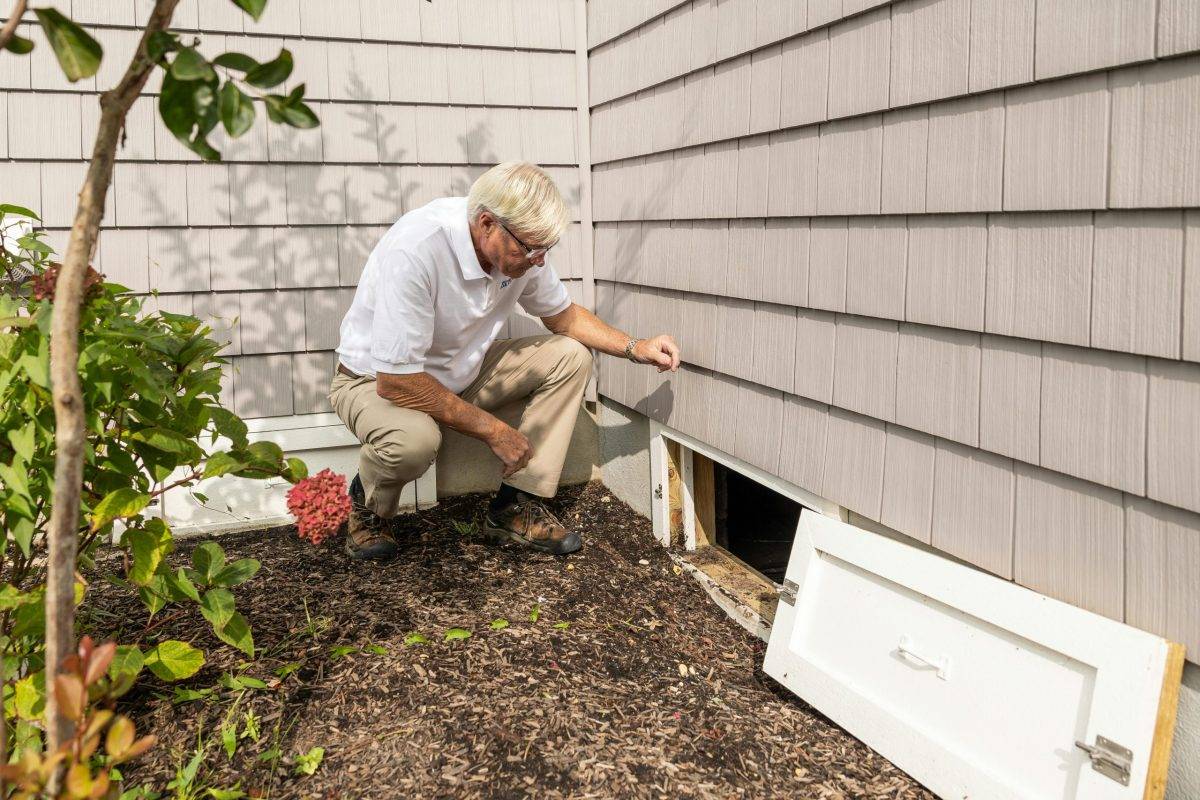Mice & Attics: Rodent Real Estate
As the days get shorter, the nights get colder, and pumpkin spice invades every corner of life, there’s another seasonal trend most homeowners don’t think about: the great rodent migration. While we’re sipping hot cocoa and adjusting thermostats, mice, rats, squirrels, raccoons, and even the occasional opossum are out there searching for vacancies. And your attic or basement? That’s basically a five-star listing for Critters. In this blog, Mice & Attics: Rodent Real Estate, we will talk about what you need to look out for, and how to protect your investment.
In real estate, we talk about curb appeal, square footage, and resale value. In the world of wildlife, it’s all about insulation, food proximity, and—let’s be honest—how easily they can sneak past your defenses. The colder it gets, the more determined these furry freeloaders become.
So, let’s explore why your home suddenly looks like a luxury Airbnb to rodents, how to spot the signs of unwanted tenants, and what steps you can take before your attic turns into a rodent open house.

Why Animals Target Homes in the Fall and Winter
Just like people, critters want three things: warmth, food, and safety. And when the leaves start falling, their usual outdoor shelters become less reliable.
-
Attics are prime real estate because they’re warm, dry, and often have plenty of insulation that doubles as nesting material. From a squirrel’s perspective, that fiberglass insulation looks like a Pottery Barn pillow sale.
-
Basements offer cool, dark spaces with easy hiding spots and, often, direct access to food storage. To a mouse, a cardboard box of holiday decorations isn’t clutter—it’s an instant condo with a built-in snack bar.
-
Garages and crawl spaces also rank high on the “Rodent MLS” because they’re easy to slip into, especially if doors and vents aren’t sealed tight.
In short: while we’re preparing turkey dinners and decorating trees, animals are house-hunting with a sense of urgency that would put any spring homebuyer to shame.
The “Open House” Signs of an Infestation
Animals don’t exactly leave a business card, but they do leave clues. If you know what to look for, you can catch them before they sign a year-long (and very unwelcome) lease.
-
Strange noises: Hear scratching, scurrying, or the sound of something tiny dragging who-knows-what across the attic floor? That’s not your imagination. That’s wildlife renovating.
-
Droppings: Think of these as “guestbook signatures,” except much less pleasant. Different animals leave different shapes, but any surprise pellets are a red flag.
-
Gnawed wires or wood: Rodents don’t care about your home inspection report. They’ll chew on anything, from beams to electrical cords. Not only is it destructive, but it can also create a fire hazard.
-
Nests: Shredded paper, insulation, or fabric tucked in corners is basically HGTV for mice—“Fixer Upper: Attic Edition.”
-
Odors: A musty smell or something worse could indicate an infestation. Trust your nose—it rarely lies in these situations.
Why This Matters for Homeowners and Sellers
Here’s where we connect the dots: in real estate, condition matters. Buyers love homes that are move-in ready, not ones that come with a side of squirrels. Rodent activity can tank curb appeal faster than peeling paint.
If you’re thinking about selling your home this fall or winter, it’s crucial to address potential pest issues before showings start. Imagine giving a buyer a tour and hearing scratching in the walls—it’s not exactly the cozy vibe they’re hoping for. Even if you’re not planning to sell, an infestation can lead to serious repair bills, from damaged wiring to compromised insulation.
In short: staying on top of pest prevention isn’t just about peace of mind—it’s a sound investment in your property’s value.
Preventing the “Rodent Open House”
Good news: you can take action before the critters roll out their welcome mats. Here’s how:
-
Seal entry points
Walk around your home and look for gaps, cracks, or openings. Mice can squeeze through holes the size of a dime, and rats only need about a quarter. Seal with steel wool, caulk, or proper materials that can’t be chewed through. -
Check vents, chimneys, and dryer outlets
Install screens or caps to block easy access routes. Animals are surprisingly skilled climbers, and chimneys can look like luxury condos. Don’t forget the dryer vent—rodents see it as a perfectly sized front door. A simple metal or mesh screen can block their way without interfering with airflow. -
Secure food sources
Don’t make your pantry the neighborhood buffet. Store food in airtight containers, and clean up crumbs or spills promptly. -
Declutter storage spaces
Basements and attics full of boxes provide perfect hiding spots. Organize, declutter, and use sealed plastic bins instead of cardboard. -
Trim trees and shrubs
Overhanging branches can serve as a convenient “bridge” for squirrels. Keep trees trimmed back from the roofline. -
Inspect regularly
A quick monthly check of attics, basements, and crawl spaces can help you spot problems early. -
Call professionals when needed
Sometimes DIY just doesn’t cut it. Pest control experts can identify, remove, and help prevent infestations.
A Realtor’s Perspective on “Uninvited Tenants”
In the real estate business, we often joke that houses tell stories. Sometimes those stories are about families, renovations, or holiday traditions. Other times… it’s about the time a raccoon decided to live rent-free in the attic.
The truth is, buyers today are savvy. They’ll notice signs of pests, and inspectors will definitely point them out. Addressing these issues up front saves headaches, negotiations, and potential price drops later.
And for homeowners staying put? Think of it as protecting your investment. You wouldn’t let strangers move into your house without permission—so why let rodents do it?
Wrapping It Up (Before the Rodents Do)
Cold weather is coming, and that means your home is on the animal housing market whether you like it or not. But by sealing up entry points, staying vigilant, and acting early, you can keep your attic and basement off the “Rodent MLS.”
So, when you’re sipping hot cider this fall, take a moment to think about home maintenance—not just leaf raking and gutter cleaning, but critter-proofing too. After all, your home should be your castle, not a woodland critter commune.
And if you’re thinking about selling, remember: buyers want to imagine themselves living in your home, not wondering if they’ll be sharing it with a family of squirrels.
This fall, make sure the only guests enjoying your home are the ones you invite.





